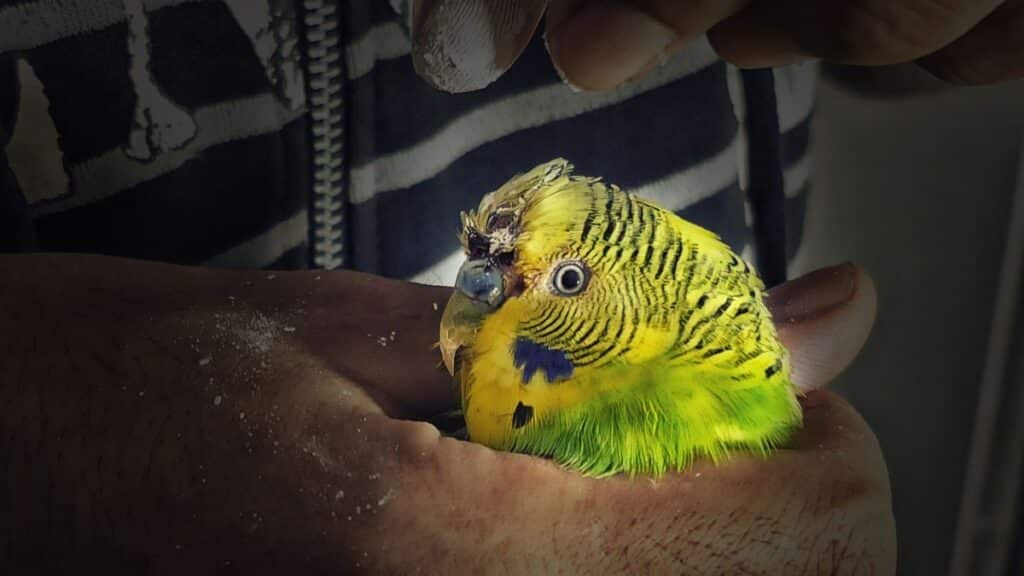Lessons I Learned From Tips About How To Stop Budgies From Biting

Although the biting is nothing.
How to stop budgies from biting. Expert tips for gentle training. 4.3k views 2 years ago #parakeet #budgie. To minimize the chances of being bitten, it is important to approach your budgie slowly and calmly, speak softly, and avoid making sudden movements or loud.
Gradual stepping up. The first step in stopping biting is to identify the cause. How to address the behavior depends on its root cause, and.
One of the best ways to stop a budgie from biting is to socialize and train them properly. Pull your hand away from the budgie when it bites you; How to stop budgies from biting | 4 simple steps.
Birds can become overstimulated when they’re being petted, and they may respond by biting. Try hanging a mirror in its cage, or giving it a swing or perch to play on. Keep track of what triggers your budgie to bite humans.
190k views 4 years ago #parakeet #budgie. They learn certain behaviors and responsiveness, so biting is a learned phenomenon. Offer treats and praise when it does so without biting.
If he is over stimulated this can make for a. Ignoring your pet for negative behavior is the most effective method to deter your pet from continuing in this manner. Teach the budgie “no” by saying the word firmly as you do;
Causes of aggression in parrots include territoriality, hormonal fluxes during adolescence or breeding season, stress, lack of mental stimulation, and dominance. Change the boredom situation, and. Encourage the budgie to step onto your finger willingly.
Here are some possible reasons: Hence, understanding why your pet is biting will help as you strive to stop it. If you’re petting your budgie in a.
How to stop a budgie from biting? Is your budgie biting out of fear, boredom, or territoriality? This can include teaching them to accept being handled, and providing.
For example, maybe he only bites strangers, or maybe he bites anyone who tries to hold him. To tame a budgie that bites, use positive reinforcement. The first step to addressing biting is to keep track of when biting occurs.

















